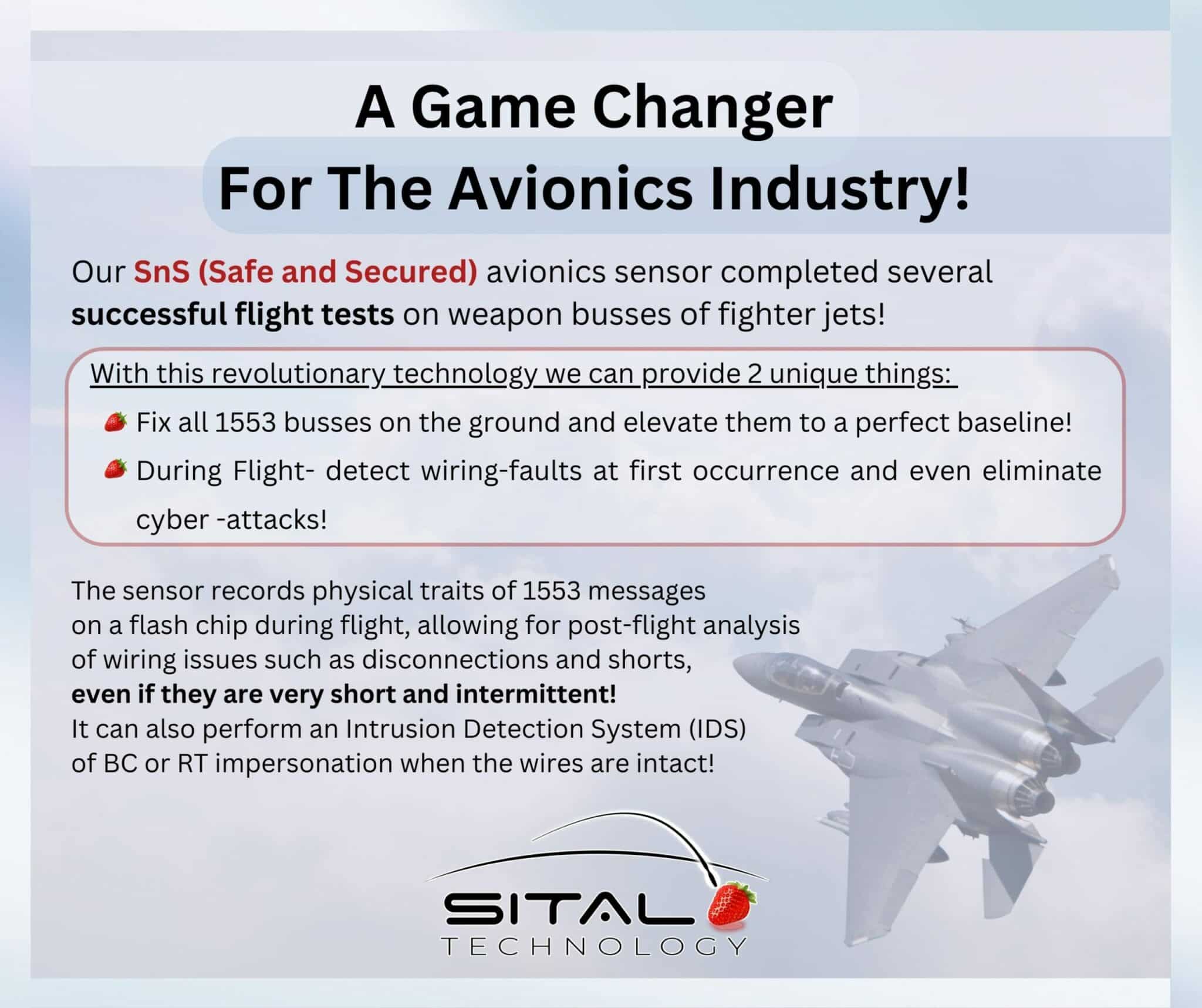Precision and reliability are paramount in the avionics industry. Communication standards play a pivotal role in ensuring the seamless exchange of critical data between various systems and components. One such standard that has stood the test of time is ARINC 429. In this article, we will dissect ARINC 429, unraveling its core principles, applications, and its indispensable role in aviation data communication.
ARINC 429, pronounced as “a-rink four twenty-nine,” is a well-established avionics data communication standard widely used in the aerospace industry. Developed by ARINC (Aeronautical Radio, Incorporated), this standard has been a cornerstone of data communication in aircraft for decades.
Key Concepts of ARINC 429
ARINC 429 data frames consist of three essential components:
- Label: The label is a 5-bit identifier that specifies the type of information contained in the data word. Labels are assigned to various parameters, such as altitude, airspeed, and temperature.
- Data Word: The data word is a 19-bit field that carries the actual numerical value or data payload. This payload can represent parameters like altitude in feet or airspeed in knots.
- Sign/Status Discrete Indicator (SDI): The SDI is a single bit that serves multiple functions. It can indicate whether the data word is valid, represent the sign of the data (positive or negative), or convey additional information about the data.
Binary Data Transmission
ARINC 429 uses binary encoding to transmit data. Each bit in the data word represents a binary value, allowing for precise and efficient data transfer. The standard employs a bipolar return-to-zero (BRZ) encoding scheme, which includes both positive and negative voltage levels to represent binary values.
Point-to-Point Communication
ARINC 429 operates in a point-to-point communication mode, meaning it connects a single transmitter to a single receiver. While it might seem limited compared to network-based protocols, this simplicity enhances reliability and determinism, crucial in aviation.
How ARINC 429 Works
- Transmitter-Receiver Configuration
In an ARINC 429 communication setup, a transmitter generates ARINC 429 data frames containing information, including labels and data words. These frames are transmitted electrically over dedicated wires to one or more receivers.
- Reception and Decoding
Receivers decode the incoming ARINC 429 data frames by examining the label and extracting the data word. They also interpret the SDI to determine the data’s validity and sign. Once decoded, the data can be used for various purposes, such as displaying flight parameters on cockpit instruments or feeding into flight control systems.
Applications of ARINC 429
ARINC 429 is a versatile standard with a multitude of applications in aviation and aerospace systems:
- Flight Data Monitoring: ARINC 429 is used to transmit critical flight data, including altitude, airspeed, and heading, from sensors and avionics systems to cockpit displays and flight management computers.
- Navigation Systems: In navigation systems, ARINC 429 carries information related to waypoints, routes, and position data, aiding pilots in precise navigation and route management.
- Engine Monitoring: Aircraft engines generate vast amounts of data, from temperature and pressure to thrust and fuel flow. ARINC 429 is employed to transmit this data to the cockpit for monitoring and performance assessment.
- Flight Control Systems: ARINC 429 facilitates communication between various flight control systems, ensuring that control inputs are accurately transmitted to the aircraft’s control surfaces.
- Maintenance and Diagnostics: The standard is also used in built-in test equipment (BITE) systems to transmit diagnostic information to maintenance crews, aiding in troubleshooting and aircraft maintenance.
Advantages of ARINC 429
ARINC 429 offers several advantages that have contributed to its enduring popularity in the aerospace industry:
- Robustness and Reliability: The standard’s bipolar return-to-zero encoding enhances noise immunity, making it resilient in electrically noisy environments commonly found in aircraft.
- Deterministic Communication: ARINC 429’s point-to-point communication model ensures deterministic data transmission, crucial for critical flight systems that require precise timing.
- Interoperability: ARINC 429 has become an industry-standard, ensuring compatibility and interoperability among various avionics components and systems.
Challenges and Future Developments
While ARINC 429 continues to be a dependable standard, it does face challenges in adapting to the evolving needs of modern aircraft systems. Newer avionics systems require higher data rates and more complex data structures, which ARINC 429 struggles to accommodate.
To address these challenges, the industry is witnessing the emergence of ARINC 664 (Avionics Full-Duplex Switched Ethernet or AFDX), which offers increased bandwidth and a switched network architecture, making it more suitable for data-intensive applications.
ARINC 429, the avionics data communication standard, remains an integral part of aviation and aerospace systems. Its label-word-SDI format, binary data transmission, and point-to-point communication model have made it a reliable choice for transmitting critical flight data, navigation information, and engine parameters. Despite facing challenges posed by modern avionics requirements, ARINC 429 continues to play a crucial role in ensuring the safety and reliability of aircraft operations. As aviation technology advances, it will be interesting to see how this venerable standard continues to evolve to meet the demands of the future.









